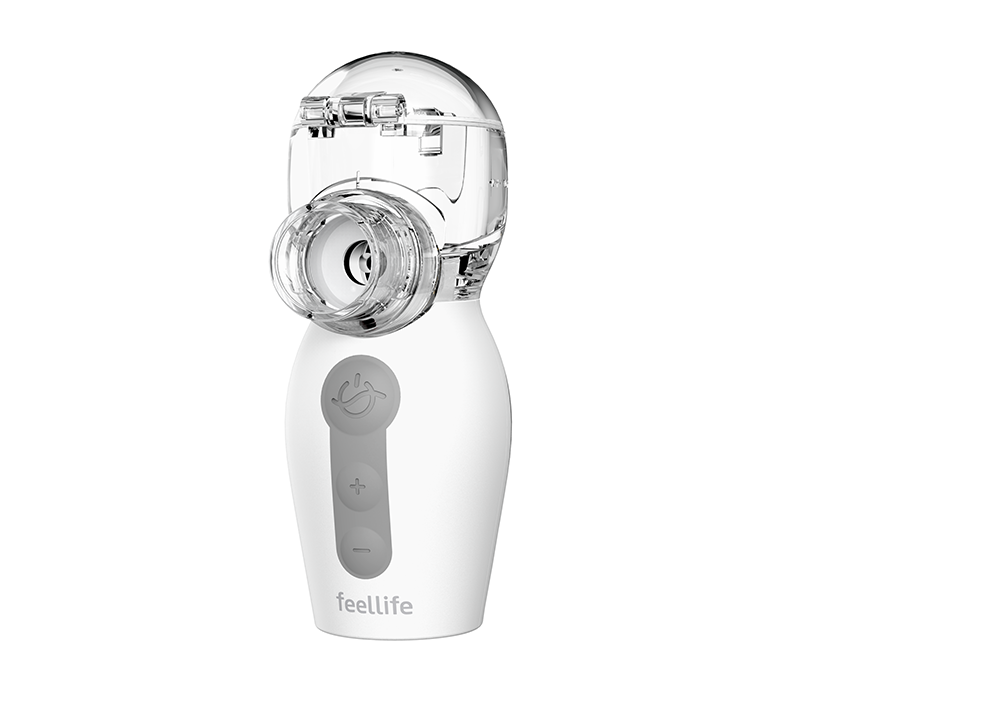Guidelines for the Rational Use of Nebulized Inhalation Therapy

Nebulized inhalation is a direct drug delivery method using the respiratory tract and lungs as the target organs, and has become a key means of treating respiratory-related diseases with its advantages of rapid onset of action, high local drug concentration, lower dosage, convenient application and fewer systemic adverse effects. However, unregulated use of nebulized inhalation therapy may not only directly impair the therapeutic effect, but also cause safety hazards, posing a threat to the life and health of patients.
Nebulized inhalation therapy uses a nebulized inhalation device to convert medication into aerosol particles with diameters ranging from 0.01 to 10 μm, which are inhaled and deposited in the airways and lungs to exert therapeutic effects. The diameter of the nebulized particles directly affects where the drug is deposited in the body, and effective nebulized particles should have a diameter between 0.5 and 10 μm. The effective nebulized particles should be between 0.5 and 10 μm in diameter. 5 to 10 μm diameter particles are mainly deposited in the oropharynx, 3 to less than 5 μm particles are mainly deposited in the lungs, and 50% to 60% of particles less than 3 μm are deposited in the alveoli.
More details on the website: www.feellife.com.
- Industry
- Art
- Causes
- Crafts
- Dance
- Drinks
- Film
- Fitness
- Food
- Oyunlar
- Gardening
- Health
- Home
- Literature
- Music
- Networking
- Other
- Party
- Religion
- Shopping
- Sports
- Theater
- Wellness
- News


